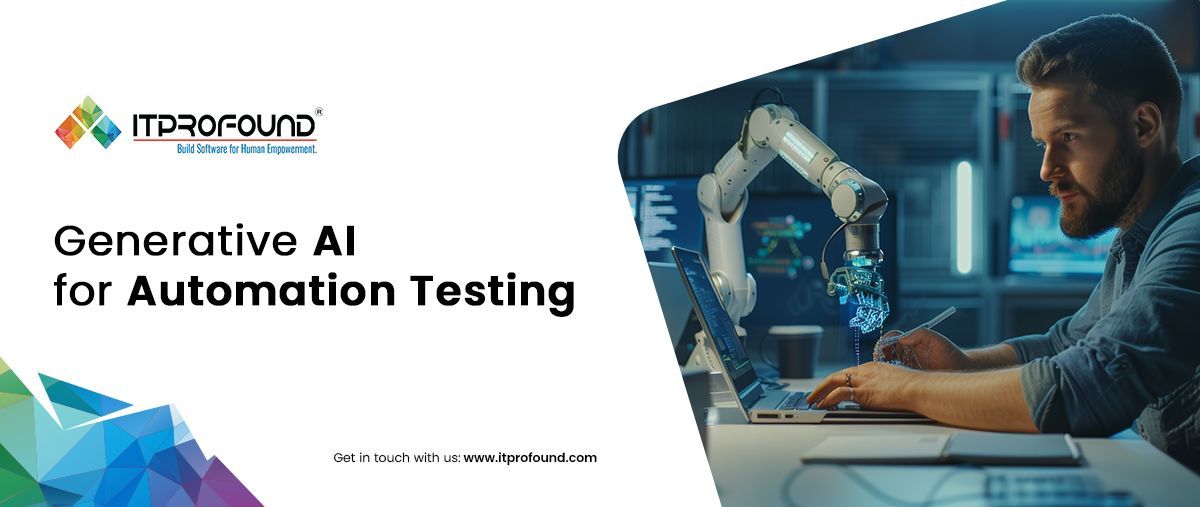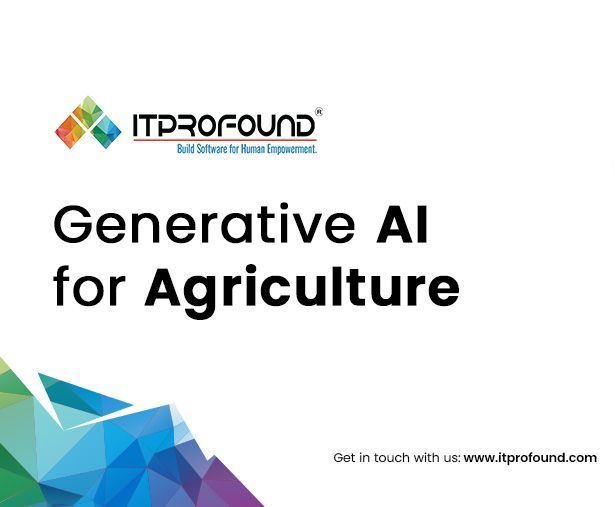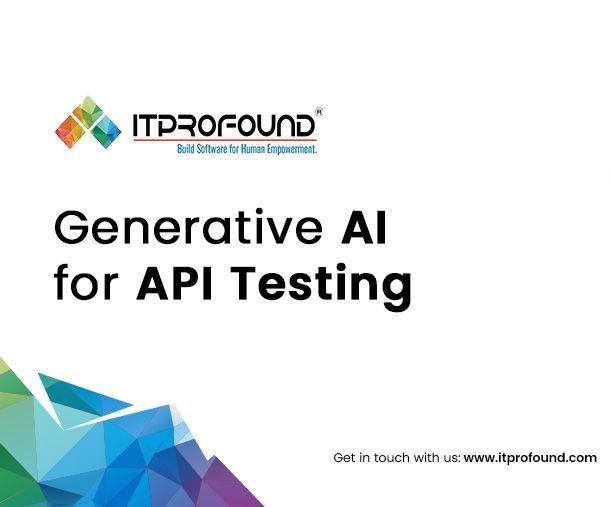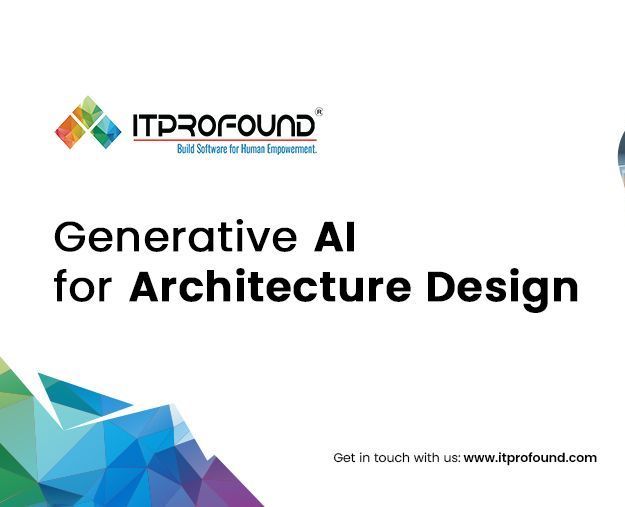
In the rapidly evolving landscape of software development, integrating Artificial Intelligence (AI) into automation testing has emerged as a groundbreaking trend. One of the most promising advancements in this field is the use of Generative AI, which is revolutionizing how testing is performed, enhancing the accuracy and efficiency of software quality assurance processes.
Understanding Generative AI
Generative AI refers to a subset of artificial intelligence that focuses on creating content or solutions that were not explicitly programmed. Instead, it generates new data based on learning patterns from existing data. The most common application of generative AI includes the creation of text, images, and videos. However, its potential extends far beyond these applications, particularly in software testing.
The Role of Generative AI in Automation Testing
Automation testing involves using tools and scripts to execute test cases, which helps ensure that the software functions as expected. Traditional automation testing relies heavily on pre-defined test cases and scripts that testers manually create and maintain. This process can be time-consuming and prone to human error. Here is where generative AI steps in, offering a more dynamic and intelligent approach to testing.
1. Test Case Generation: One of the most significant benefits of Generative AI in automation
testing is its ability to automatically generate test cases. By analyzing the existing codebase
and understanding the application's behavior, generative AI can create comprehensive and
diverse test cases that cover a wide range of scenarios, including edge cases that might not
be considered by human testers.
2. Test Data Creation: Generative AI can create synthetic test data that closely mimics real-world data. This is particularly useful for testing scenarios where real data is scarce or unavailable due to privacy concerns. The AI-generated data can be tailored to include specific edge cases or conditions, ensuring that the software is tested under a wide variety of circumstances.
3. Automated Script Writing: Traditionally, writing automation scripts requires a high level of expertise and understanding of the testing framework and application. Generative AI can simplify this by automatically generating scripts based on the application requirements and design specifications. This reduces the time and effort required for script writing and allows testers to focus on more critical tasks.
4. Intelligent Bug Detection and Reporting: Generative AI can enhance bug detection by identifying anomalies and unexpected behaviors in the software. By continuously learning from previous test results and bug reports, the AI can predict potential problem areas and suggest targeted tests to uncover hidden defects. Moreover, it can automate the process of logging and reporting bugs, providing detailed insights and potential solutions.
5. Regression Testing: In software development, regression testing ensures that new code changes do not adversely affect existing functionality. Generative AI can optimize this process by selecting the most relevant test cases based on the code changes, thus reducing the time and effort required for regression testing while maintaining high coverage.
6. Adaptability and Continuous Learning: One of the key advantages of Generative AI is its ability to continuously learn and adapt. As the software evolves, the AI can update its test cases, data, and scripts to reflect the changes, ensuring that the testing process remains relevant and effective. This adaptability is crucial in agile development environments, where requirements and codebases frequently change.
Benefits of Generative AI in Automation Testing
The integration of Generative AI in automation testing offers several significant benefits, including:
- Enhanced Efficiency: By automating the generation of test cases, data, and scripts, generative AI reduces the manual effort required in the testing process. This allows testers to focus on higher-level tasks, such as exploratory testing and test strategy development, leading to faster testing cycles and quicker time-to-market.
- Improved Test Coverage: Generative AI can create a vast number of test cases and data variations, ensuring that the software is tested under numerous conditions. This improves the overall test coverage, reducing the likelihood of undetected bugs and ensuring a higher quality product.
- Cost Savings: The automation of repetitive and time-consuming tasks through Generative AI can lead to significant cost savings. Organizations can lower their testing costs while maintaining high-quality standards by reducing the need for manual intervention and minimizing the risk of human error.
- Scalability: Generative AI enables testing processes to scale effortlessly. As the software grows in complexity, the AI can handle the increased testing demands without requiring additional resources, ensuring that the testing process remains efficient and effective.
- Predictive Analytics: Generative AI can leverage predictive analytics to anticipate potential issues in the software. By analyzing historical test data and identifying patterns, the AI can provide valuable insights into areas of the software that are prone to defects, allowing teams to proactively address potential problems.
Challenges and Considerations
While the benefits of Generative AI in automation testing are substantial, it is essential to consider the challenges and limitations associated with its implementation:
- Initial Setup and Training: Implementing Generative AI requires an initial investment in terms of time and resources for setting up the system and training the AI model. This includes providing the AI with sufficient data to learn from and ensuring that it aligns with the organization's testing goals.
- Data Privacy and Security: When using Generative AI to create test data, organizations must ensure that sensitive information is not exposed or compromised. Implementing strict data privacy and security measures is crucial to maintaining compliance and protecting user data.
- Maintenance and Updates: Generative AI models require continuous maintenance and updates to ensure their effectiveness. As the software and its requirements evolve, the AI must be retrained and adjusted to reflect these changes, requiring ongoing attention from the testing team.
- Human Oversight: While Generative AI can automate many aspects of testing, human oversight remains necessary. Testers must validate the AI-generated outputs and ensure that the testing process aligns with the overall testing strategy and objectives.
Future of Generative AI in Automation Testing
The future of Generative AI in automation testing looks promising, with advancements in AI and machine learning expected to further enhance its capabilities. As AI models become more sophisticated, they will be able to handle increasingly complex testing scenarios, including performance testing, security testing, and usability testing. Moreover, the integration of Generative AI with other emerging technologies, such as DevOps and Continuous Integration/Continuous Deployment (CI/CD) pipelines, will enable organizations to achieve a seamless and automated testing process. This will result in higher-quality software products, reduced time-to-market, and increased customer satisfaction.
Conclusion
Generative AI is transforming the field of automation testing by introducing intelligent, automated processes that enhance the efficiency, accuracy, and effectiveness of software quality assurance. By leveraging Generative AI, organizations can overcome the challenges of traditional testing methods, improve test coverage, reduce costs, and accelerate their development cycles. As the technology continues to evolve, Generative AI will play an increasingly vital role in shaping the future of automation testing. Organizations that embrace this innovative approach will be better positioned to deliver high-quality software products in a competitive market, ensuring their long-term success and growth.
Transform Your Business Now!










